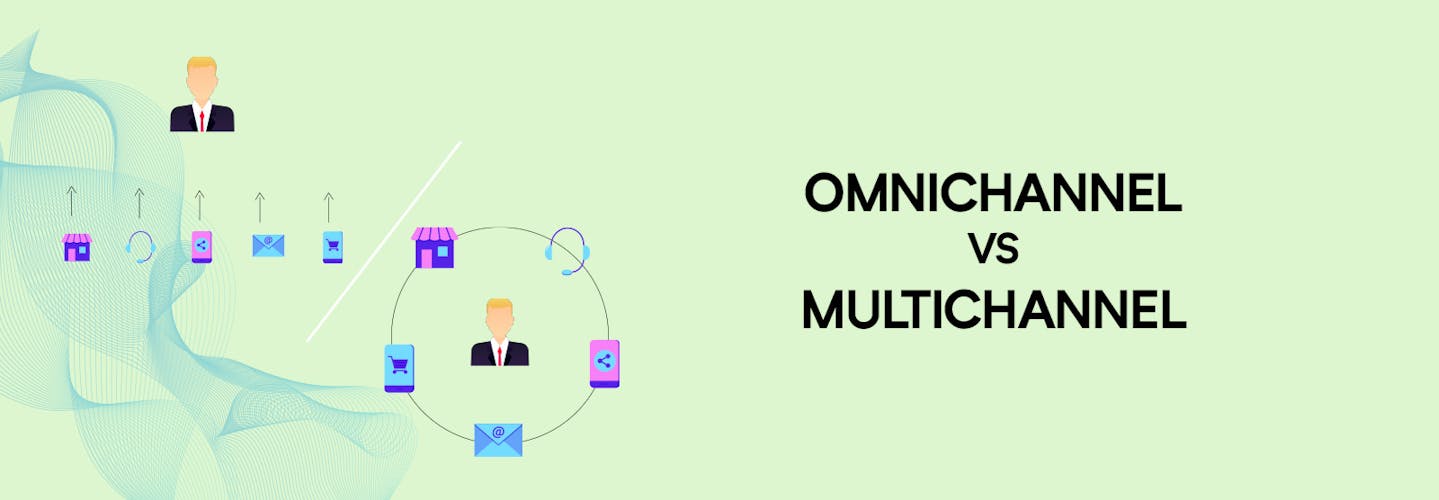
Omnichannel Vs Multichannel: What's the Difference?
Hey there, reader! Have you ever heard of Omnichannel and Multichannel strategies? If you’re scratching your head, don’t worry. You’re not alone.
These are two buzzwords that have been making waves in the business world, and today, we’re going to break them down for you.
So, what’s the big deal about these strategies? Well, in today’s fast-paced, digital world, businesses need to be everywhere their customers are.
And let’s face it, customers are pretty much everywhere - scrolling through social media, browsing websites, visiting physical stores, you name it.
That’s where Omnichannel and Multichannel strategies come into play. They’re all about reaching customers wherever they are and providing a seamless shopping experience.
But here’s the thing - while they might sound similar, Omnichannel and Multichannel strategies are not the same.
Think of it like this: all squares are rectangles, but not all rectangles are squares. In the same way, all Omnichannel strategies are Multichannel, but not all Multichannel strategies are Omnichannel. Confused? Don’t worry, we’ll unravel this mystery together.
Stay tuned as we delve deeper into these strategies, their differences, and why they’re so crucial in today’s business landscape.
Trust us, by the end of this, you’ll be a pro at distinguishing between Omnichannel and Multichannel strategies. Ready to embark on this journey? Let’s get started!
What Exactly Is A Channel In The Context Of Marketing And Customer Engagement?
Well, think of a channel as a bridge, a pathway, or a conduit. It’s the route that a business takes to reach its customers and communicate with them. It’s like the postal service delivering your messages to your customers doorsteps.
Now, there are two main types of channels that we need to talk about: marketing channels and customer contact channels.
First up, marketing channels. These are the routes that a business uses to promote its products or services and create awareness among potential customers.
Imagine you’ve just baked the most delicious cookies in town. How do you let people know about your mouth-watering cookies?
You might put up billboards, run ads on TV or radio, or even use social media to spread the word. All these methods you’re using to promote your cookies? Those are your marketing channels.
Next, we have customer contact channels. These are the ways that customers can reach out to a business.
Let’s go back to your cookie business. Suppose a customer wants to know if your cookies are gluten-free. How can they get in touch with you?
They might send you an email, give you a call, or even drop by your store to ask. These methods that customers use to contact you are your customer contact channels.
Now, here’s where it gets interesting. Some channels can act as both marketing and contact mediums. Take email, for example. You can use it to send out newsletters promoting your latest cookie flavors (marketing channel), and your customers can use it to ask questions or give feedback (contact channel).
So, to sum it up, channels are the pathways that connect businesses to their customers, either for promoting their offerings or for facilitating communication. They’re like the veins and arteries of a business, keeping the lifeblood of customer engagement flowing.
Stay tuned as we dive deeper into the fascinating world of Omnichannel and Multichannel strategies!
What Is Omnichannel?

Imagine you’re not just at a carnival, but you’re also on TV, on the radio, and online. And no matter where your customers find you, they get the same great experience.
They can start ordering cookies online, then pick up where they left off on their mobile app or in your physical store.
That seamless, integrated experience across all channels is what an Omnichannel strategy is all about.
The focus of an Omnichannel strategy is to provide a consistent and seamless customer experience, no matter which channel they choose to use.
It’s like ensuring that every road leads to Rome, or in this case, to your delicious cookies.
Benefits of Omnichannel
- Personalized customer experience
- Real-time updates and information sync
- Streamlined and effective communication
- Improved customer retention and loyalty
- Better data-driven decision making
Drawbacks of Omnichannel
- Complex implementation and management
- Investment in technology and software
- Need for employee training and adaptation
- Continuous monitoring and adjustments
- Potential data privacy and security concerns
Read More About: Ultimate Guide to Omnichannel Commerce
What Is Multichannel?
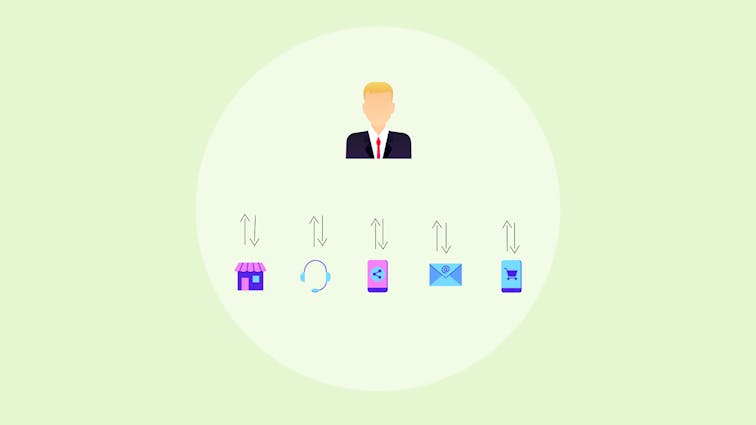
You’re at a carnival, and you’re trying to get as many people as possible to try your delicious cookies.
You might set up a stall, hand out flyers, put up banners, and even make announcements over the loudspeaker.
Each of these methods is a different channel, and you’re using all of them to reach as many people as possible.
That, my friend, is a Multichannel strategy in a nutshell. It’s all about using multiple, independent channels to engage with customers.
The main focus of a Multichannel strategy is to maximize customer engagement. It’s like casting a wide net to catch as many fish as possible.
The more channels you use, the more customers you can reach.
Benefits of Multichannel
- Wider reach and accessibility
- Diversified marketing efforts
- Opportunity for targeted, niche campaigns
- Increased customer choice
- Easier scalability and management
Drawbacks of Multichannel
- Potential inconsistencies between channels
- Difficult to maintain a unified brand experience
- Complexity in coordinating and managing multiple channels
- Less focus on customer experience
- Increased risk of channel silos
So, there you have it! Multichannel is like playing a game of darts, where you’re aiming at multiple targets.
Omnichannel, on the other hand, is like conducting an orchestra, where every instrument plays in harmony to create a beautiful symphony.
Stay tuned as we delve deeper into the differences between these two strategies!
Read More about: Best Multichannel Ecommerce Software
Key differences between omnichannel and multichannel

Both omnichannel and multichannel approaches involve engaging customers across multiple channels, but they differ significantly in terms of execution and goals.
Let’s take a closer look at some of the key differences.
1. Customer Engagement Vs Customer Experience
In a Multichannel strategy, the focus is on customer engagement. It’s like throwing a party and trying to get as many people as possible to show up.
You’re reaching out to customers on various platforms, trying to engage them wherever they are.
On the other hand, an Omnichannel strategy is all about the customer experience.
It’s not just about getting people to your party; it’s about ensuring they have a great time from the moment they receive the invitation, to the moment they leave.
The goal is to create a seamless and consistent experience across all channels, so that customers can switch between channels effortlessly.
2. Focus: Channel-centric (Multichannel) Vs Customer-centric (Omnichannel)
A Multichannel strategy is channel-centric. It’s like a solar system where each planet (or channel) orbits independently. Each channel has its own strategy, and there’s little to no integration between them.
In contrast, an Omnichannel strategy is customer-centric. It’s like a well-choreographed dance where every move is in sync. The customer is at the center, and all channels are integrated to provide a consistent and seamless experience.
3. Integration and Consistency
In an Omnichannel approach, all customer touchpoints, systems, and processes are seamlessly integrated. This creates a consistent brand experience for customers, regardless of the platform they use.
A Multichannel approach does not prioritize integration, leading to independent channels with their own strategies and goals. The lack of consistency can result in fragmented customer experiences.
4. Customer Journey
In Omnichannel retailing, the customer journey is smooth and continuous, allowing customers to easily navigate between different platforms and devices during their purchasing process.
Conversely, Multichannel retailing may involve disjointed customer journeys, as they might experience differences and discontinuity between each channel.
5. Business Goals
An Omnichannel strategy focuses on providing a universal and consistent customer experience across all channels, promoting customer loyalty and a higher lifetime value for the customer.
For Multichannel businesses, each channel has its own goals and KPIs, potentially leading to a lack of cohesion in customer experience and strategy across different channels.
So, in a nutshell, while both Multichannel and Omnichannel strategies involve using multiple channels to reach customers, the key differences lie in the level of integration, the focus, and the approach to customer engagement and experience. Stay tuned as we explore real-world examples of these strategies in action!
Examples of Omnichannel and Multichannel Strategies:
Multichannel Strategy Example: Walmart
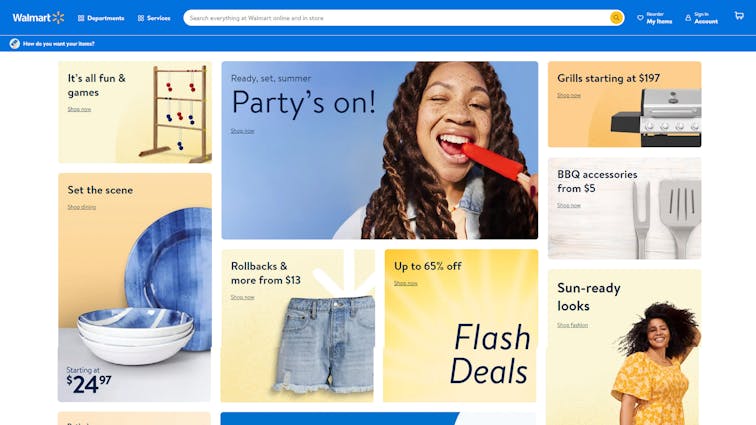
Think about a big retail store like Walmart. They have physical stores where you can shop in person, a website where you can order online, and social media platforms where they promote their products.
Each of these channels operates independently, offering different experiences. That’s a Multichannel strategy in action.
Omnichannel strategy Example: Disney
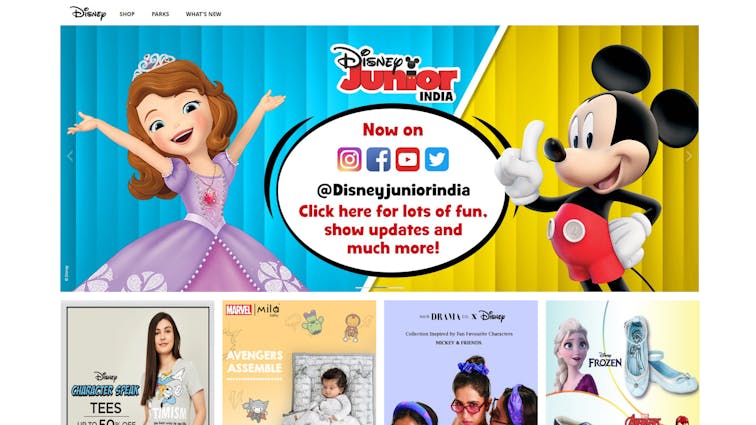
A great example is Disney. Whether you’re booking a trip on their website, using their mobile app to navigate the park, or interacting with them on social media, the experience is seamless.
You can start booking your trip on your laptop, continue on your mobile, and finish on your tablet without missing a beat. That’s the magic of an Omnichannel strategy!
So, What Impact Do These Strategies Have On Businesses?
Well, a Multichannel strategy can help businesses reach a wider audience and cater to different customer preferences. However, the lack of integration can lead to inconsistent customer experiences.
On the other hand, an Omnichannel strategy can enhance customer satisfaction and loyalty by providing a seamless and consistent experience. However, it requires significant resources and effort to implement effectively.
Which strategy is right for your business?
The choice between omnichannel and multichannel depends on your business goals, resources, and the needs of your target audience.
- If you’re looking to provide a seamless, integrated experience that prioritizes customer satisfaction, an omnichannel strategy may be best.
- For businesses with limited resources or those targeting niche markets, a multichannel approach might be more suitable.
- It’s important to thoroughly analyze your customer preferences, marketing objectives, and competition before deciding on a strategy.
Ultimately, the key to success lies in understanding your audience and adapting your tactics to effectively engage them, whether through an omnichannel or multichannel approach.
Continually assessing and refining your strategy is crucial to stay ahead in the ever-changing landscape of customer engagement.
Ensuring success with your chosen strategy
No matter which approach you choose, there are some key principles to follow to maximize success:
- Keep your customers front and center in all your initiatives.
- Utilize data and insights to drive decision-making and continuous improvement.
- Strive to maintain brand consistency across all channels and touchpoints.
- Collaborate and align your teams to ensure a cohesive customer experience.
- Regularly evaluate and fine-tune your strategy as your business and customer needs evolve.
Effective Omnichannel Practices
- Focus on seamless integration of channels and customer touchpoints.
- Personalize experiences by leveraging customer data and behavior insights.
- Foster collaboration and communication between departments and teams to unify customer-facing activities.
- Continuously assess customer interactions to identify opportunities for refinement and growth.
Effective Multichannel Practices
- Develop targeted and diverse content for each channel, catering to specific customer needs and preferences.
- Monitor and assess channel performance to adapt and optimize strategies.
- Implement robust digital infrastructure and analytics capabilities to better understand customer behavior and preferences across channels .
- Encourage cross-channel collaboration and learning to improve overall effectiveness and contribute to a more unified customer experience.
The Future of Omnichannel vs Multichannel Strategies:
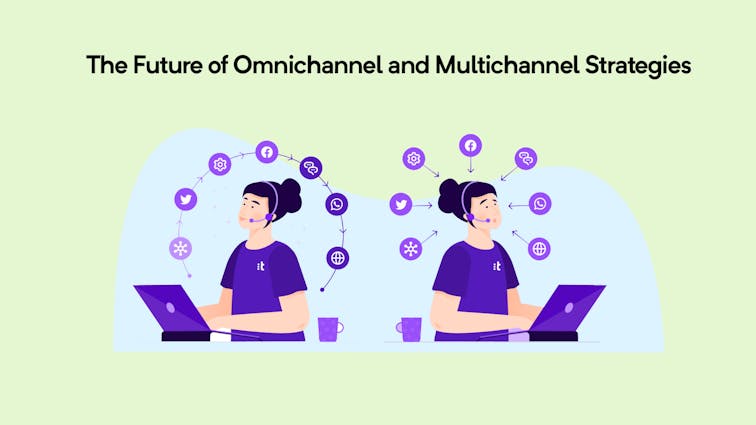
As we move forward, we can expect to see even more integration and personalization in Omnichannel strategies.
With advancements in technology, businesses will be able to gather and analyze data more effectively, leading to more personalized and seamless customer experiences.
Imagine walking into a store and receiving personalized product recommendations on your phone based on your past purchases. That’s the kind of future we’re looking at!
As for Multichannel strategies, we can expect to see businesses leveraging more and more channels to reach their customers.
With the rise of new platforms and technologies, businesses will have more opportunities to engage with their customers in innovative ways. Think virtual reality shopping experiences or AI-powered customer service bots.
However, with these advancements come challenges. Customer behaviors and expectations are constantly changing, and businesses need to be adaptable and innovative to keep up.
It’s like trying to hit a moving target. You need to be flexible, constantly adjusting your aim to hit the bullseye.
Final Words:
In conclusion, whether you’re considering a Multichannel or an Omnichannel strategy, the key is to understand your customers and provide them with a seamless and engaging experience.
It’s not about the number of channels you have, but how effectively you use them to deliver value to your customers.
So, take a moment to evaluate your current strategies. Are you reaching your customers where they are?
Are you providing a consistent and seamless experience across all channels?
If not, it might be time to consider implementing a Multichannel or Omnichannel strategy.
Remember, in the world of business, the customer is king, and providing them with an exceptional experience is the key to your throne.
So, are you ready to take your business to the next level? The future is here, and it’s time to embrace it!








